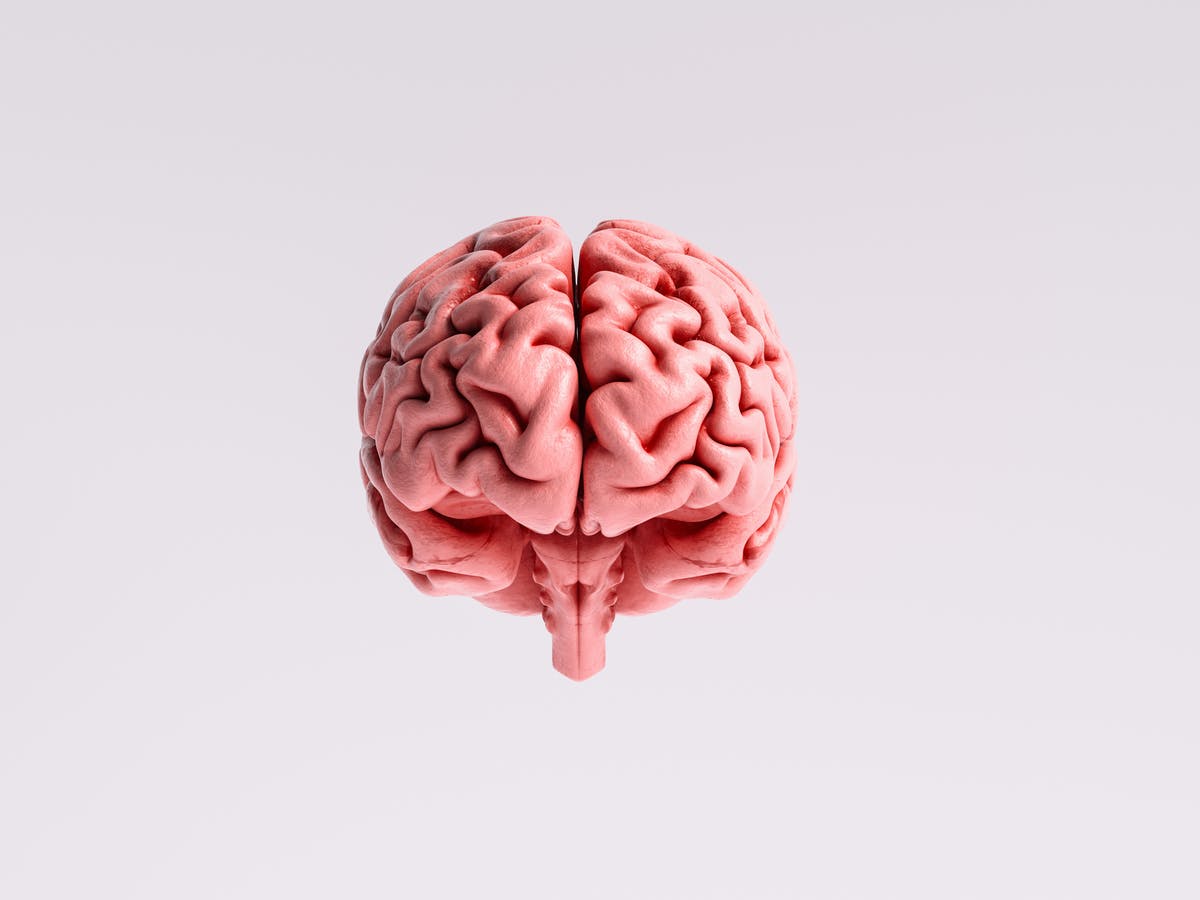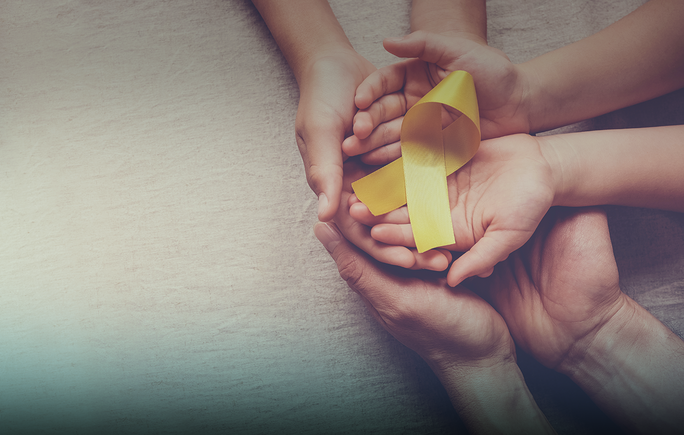Effective Ways to Overcome Shame

Effective Ways to Overcome Shame
Table of Contents
ToggleHave you ever struggled to feel accepted? Do you constantly strive to have a stable sense of self-worth? Does it feel exhausting to be always trying to meet everyone’s expectations?
Shame can creep in, start festering, and at times, can become incredibly overwhelming. Shame is universal. We all know the feeling of inferiority when your body type is not the “ideal” according to the ever-changing beauty standards, feeling like a failure when you’ve made a mistake, or feeling worthless after a rejection.
According to Brene Brown, a research professor of shame and vulnerability, shame can be defined as: “the intensely painful feeling or experience of believing we are flawed and therefore unworthy of acceptance and belonging.”
The source of shame is external, mainly from our culture, which dictates what’s acceptable and what’s not. Shame comes from the messages we receive from our culture as well as various expectations, which might not all be realistically attainable.
As humans, we are “wired for connection” and it’s in our biology. Our need for connection starts at a young age as infants when its primary function is survival. It then continues throughout the years when it’s more essential to thriving in various aspects: emotional, physical, spiritual, and intellectual. Shame can be considered a threat to connection and survival. It’s the fear of being seen as flawed or unworthy of acceptance or belonging.
Differentiating between shame and guilt:
Guilt and shame have similar features, which is why they’re sometimes used interchangeably. Both shame and guilt are emotions of self-evaluation and they both require self-reflection. However, there are some important differences. For one, guilt involves evaluating a behavior against our ethics, values, and beliefs and finding that it is inconsistent with the person we want to be. Further, the major difference is that with guilt, the focus is on behavior, while with shame, the focus is on the self. To clarify, guilt is “I did something bad,” whereas shame is “I am bad.”
While guilt can be a good motivator to change, shame usually leads to more destructive behavior. In fact, shame is highly correlated with violence, bullying, suicide, and various mental health issues such as depression, addiction, and eating disorders. Whereas guilt is inversely proportional to all of these.
How can I overcome shame?
This can be done by developing shame resilience, which is defined as “the ability to recognize shame when we experience it, and move through it in a constructive way that allows us to maintain our authenticity and grow from our experiences.”
According to her research, Brown identified three factors that amplify shame, which are judgment, silence, and secrecy. The biggest antidote to shame, however, is empathy. When stories are told in safe spaces and people are responding to them with empathy and compassion, shame seems to fade. Empathy involves being able to see the world as the person sees it, be non-judgemental, understand the other person’s feelings and communicate that understanding.
As Brown says, “Shame cannot survive being spoken.”
People who have high levels of shame resilience tend to have four things in common:
- The ability to recognize their shame triggers. If you want to begin to identify your shame triggers, you can begin with these fill-in-the-blank statements: I want to be perceived as _____, _____, and ______. I don’t want to be perceived as _____, _____, and _____. While triggers vary amongst different individuals, there are some common triggers such as appearance and body image, sexuality, parenting, mental and physical health, surviving trauma, aging and religion.
- High levels of critical awareness about their shame web. The shame web represents the various influences we have in our lives that construct a “web of conflicting and competing social-community expectations,” including:
- Who we should be
- What we should be
- How we should be
To develop critical awareness, we should start to ask and attempt to answer some big-picture questions to reality-check our shame triggers such as:
- How realistic are my expectations?
- Can I be all these things all the time? Do I want to?
- Do the expectations conflict with one another?
- Am I describing my authentic self or who others want me to be?
- Can I control how others perceive me?
When we do this, we’ll learn how to contextualize (see the big picture), normalize (know you’re not the only one), and demystify (share what you know with others).
If we do not make these connections, our shame will become more intense as we’ll individualize (thinking you’re the only person), pathologize (thinking something is wrong with you), and reinforce (“ I should be ashamed”).
- The willingness to reach out to others and the ability to speak shame.
Final note:
At different times of our lives, it’s inevitable that we will feel shame. So, it’s crucial that we learn how to properly deal with it so as not to feel too isolated, powerless, or worthless. And remember, just as it’s important to receive compassion and empathy when speaking our shame, it’s also essential to give it to people who trust us with their stories.
References:
- Brown, B. (2008). I thought it was just me (but it isn’t): Telling the truth about perfectionism, inadequacy, and power. New York: Gotham Books.
- Brown, B. (2006). Shame resilience theory: A grounded theory study on women and shame. Families in Society-The Journal of Contemporary Social Services 87(1), 43-52.
- The Psychology of Embarrassment, Shame, and Guilt. (n.d.). Retrieved from https://www.psychologytoday.com/us/blog/hide-and-seek/201408/the-psychology-embarrassment-shame-and-guilt
- Tangney, J. P., Miller, R. S., Flicker, L., & Barlow, D. H. (1996). Are shame, guilt, and embarrassment distinct emotions? Journal of Personality and Social Psychology, 70(6), 1256-1269. Retrieved from http://psycnet.apa.org/record/1996-01769-013
- TEDtalksDirector. (2012, March 16). Retrieved September 27, 2021, from https://www.youtube.com/watch?v=psN1DORYYV0
- Weir, K. (2012, November). A complex emotion. Retrieved from http://www.apa.org/monitor/2012/11/emotion.aspx








